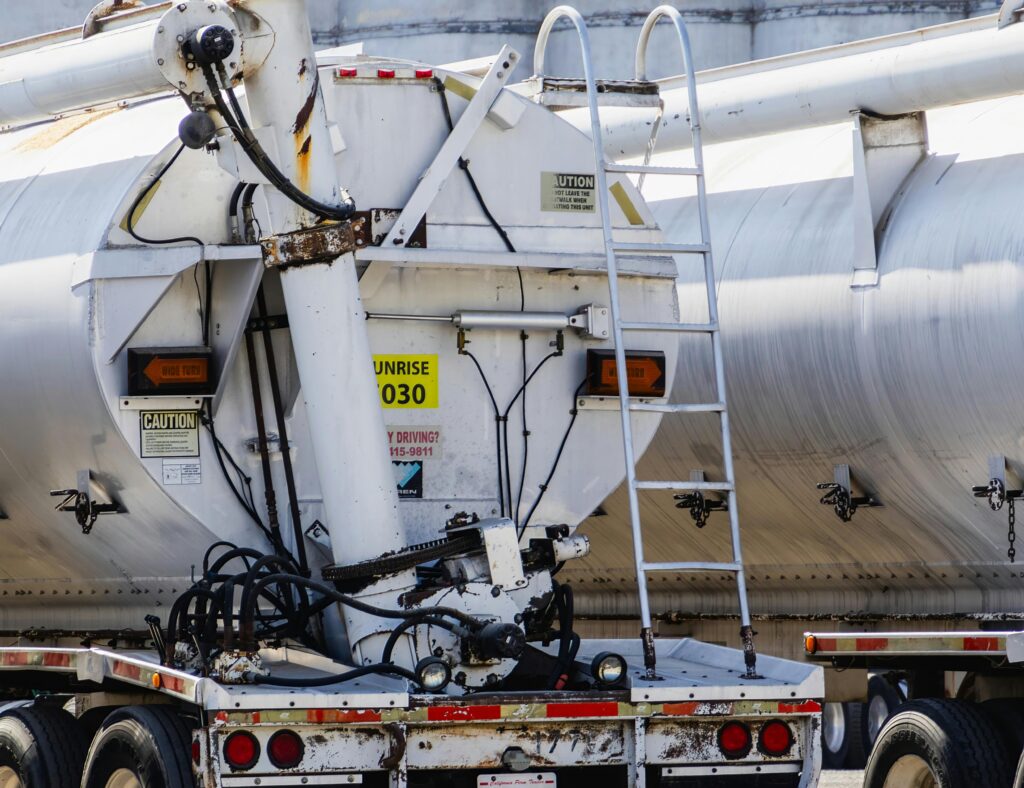
Investing in a gas station is one of the most popular entry points into the U.S. retail fuel and convenience store industry. In Texas, where car culture and highway travel dominate, gas stations can be highly profitable real estate and business investments.
But like any business, there are risks and challenges. Understanding the pros and cons of owning a gas station in Texas will help entrepreneurs decide if this opportunity aligns with their goals.
At Lama Group, we guide investors through every stage—site selection, financing, construction, branding, and operations—to maximize success.

1. Why Entrepreneurs Consider Gas Station Investments
- High consumer demand: Fuel is essential, ensuring consistent traffic.
- C-store expansion opportunities: Convenience sales often exceed fuel margins.
- Multiple revenue streams: Fuel, foodservice, car washes, EV charging.
- Scalable model: Owners can grow from one site to a multi-location portfolio.
2. Pros of Investing in a Gas Station in Texas
- Stable demand: Texas highways and commuter culture drive consistent fuel sales.
- Cash flow potential: Fuel sales provide steady income, while c-store items deliver higher margins.
- Real estate value: Prime corner lots appreciate over time.
- Franchise support (if branded): Branded partnerships like Shell or Valero add instant recognition.
- Financing access: Lenders often view gas stations as strong collateral.
Lama Group Insight: Most of our clients find that c-store sales, not fuel, drive profitability, making store design and merchandising essential.
3. Cons of Investing in a Gas Station in Texas
- High startup costs: Land, construction, and equipment can run into millions.
- Thin fuel margins: Profits on gas are often just a few cents per gallon.
- Operational complexity: Managing staff, compliance, and supply logistics is demanding.
- Regulatory requirements: Environmental, zoning, and safety laws must be met.
- Competition: Established players with loyalty programs may dominate busy intersections.
Reality Check: Without the right site selection and business model, even high-traffic stations can underperform.
4. Key Steps to Buying a Gas Station in Texas
- Create a Gas Station Business Plan – Define location, branding, and revenue streams.
- Secure Financing – Explore SBA loans, commercial lenders, or investor partnerships.
- Choose Branded vs. Unbranded Fuel – Balance margins with brand recognition.
- Conduct Due Diligence – Review traffic counts, environmental records, and competition.
- Plan for C-Store Investment Opportunities – Food, beverage, and quick-service add-ons boost revenue.
- Handle Licensing & Compliance – Ensure all state, county, and environmental requirements are met.
5. Is Owning a Gas Station Profitable?
Yes—if done strategically. Profitability depends on:
- Location quality (traffic, demographics, competition)
- Effective fuel supply contracts
- Strong convenience store sales
- Operational efficiency
💡 Pro Tip from Lama Group: The most profitable gas stations in Texas focus on convenience, speed, and added services—not just fuel.
6. How Lama Group Supports New Gas Station Investors
At Lama Group, we partner with entrepreneurs to turn vision into reality. Our end-to-end solutions include:
- Site selection & acquisition
- Construction & renovation
- Fuel supply (branded or unbranded)
- C-store development & operations support
- Long-term growth planning
Considering investing in a gas station?
to explore opportunities with a trusted Texas partner.
